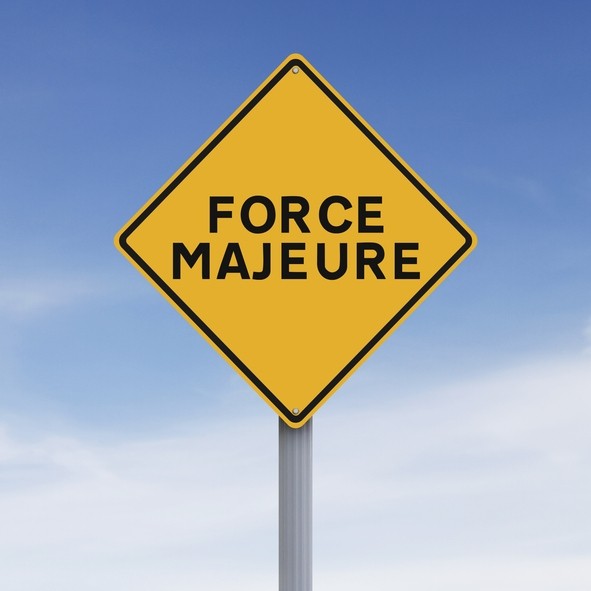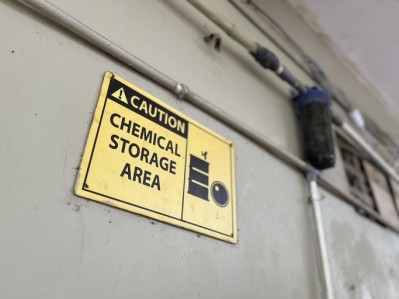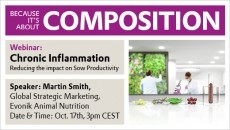BASF declares force majeure on vitamin and carotenoid supply after fire at German plant

That facility produces aroma ingredients and precursors for vitamin production.
The affected aroma ingredients include Ionones, Pyranol, DL-Menthol, Rose Oxides, Ethyllinalool, Nerolidol, and Isophytol R.
BASF said the explosion and the subsequent blaze at the German site has caused damage, leading to a plant shutdown and subsequent supply disruption of the mentioned products. The delivery of all the affected ingredients will be delayed until further notice.
Force majeure is a clause included in contracts to remove liability for unforeseeable and unavoidable catastrophes that prevent participants from fulfilling obligations.
The producer is in contact with customers to share updates and the developments regarding the supply capability of the affected products.
Cleanup, inspection, and repair efforts are currently underway, it added.
BASF suspects that a leak of an organic solvent triggered the explosion on July 29, but the exact cause remains undetermined.
This incident is reminiscent of a previous event in October 2017, when a fire at BASF's northern Citral facilities at the Ludwigshafen site led to a plant shutdown and a force majeure declaration for Citral and Isoprenol-based aroma products. Concurrent with supply challenges in China, the prices of vitamin A and E skyrocketed as a result.
Vitamin prices
Looking to market impact and on Tuesday this week, Stefan Schmidinger, head of market intelligence at Swiss data provider Kemiex, commented that the situation for vitamin A, E, and carotenoids remained highly dynamic, with price discovery being hampered by a lack of liquidity as major market players were adopting a wait-and-see approach.
“Few suppliers are offering actively, and opportunistic spot offers for smaller quantities of vitamin E and vitamin A could reach price levels of about 30-60% above those in July, or even higher," he noted. "This morning, customers in China reported a notable increase in ask prices, with feed-grade vitamin E 50% priced north of US$18 and vitamin A around US$40, although transaction prices tend to be lower still."



















